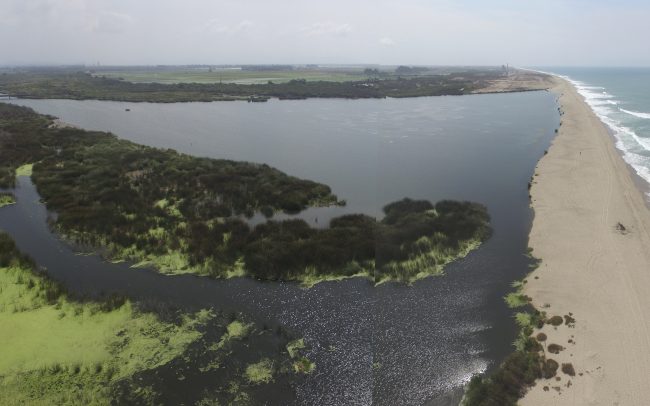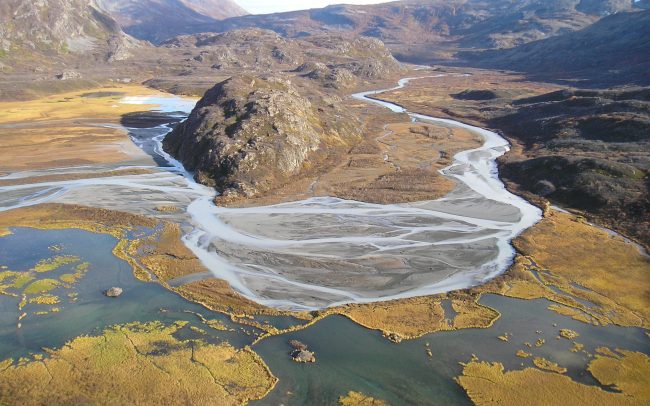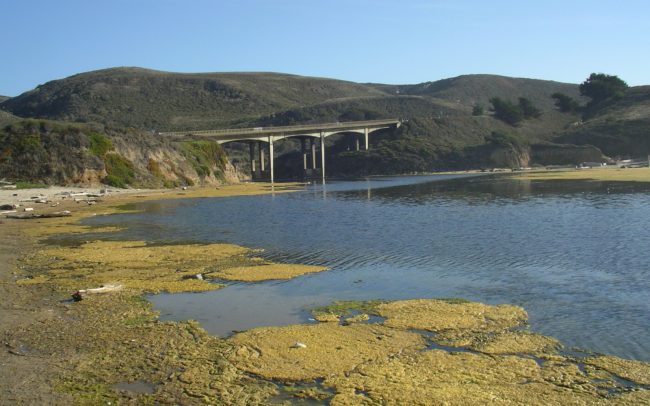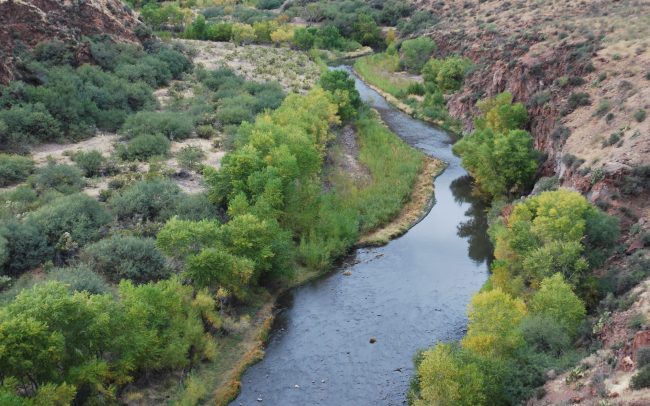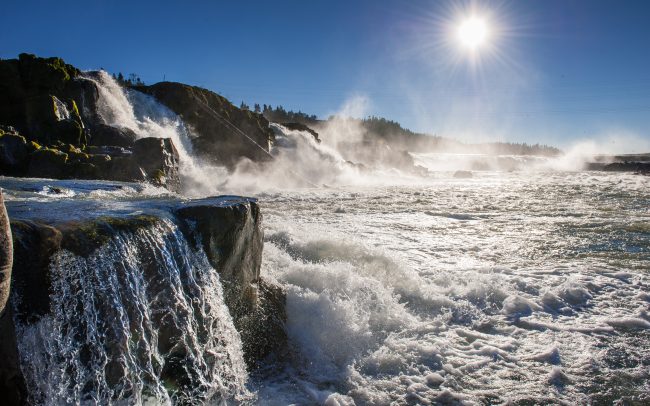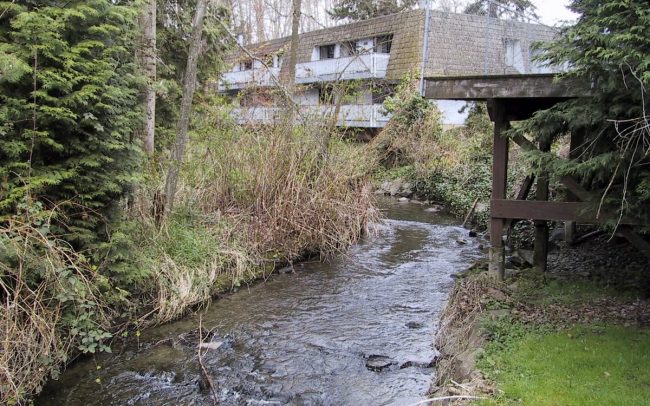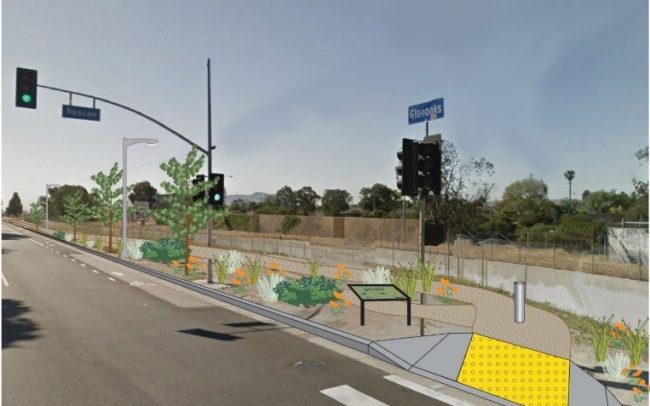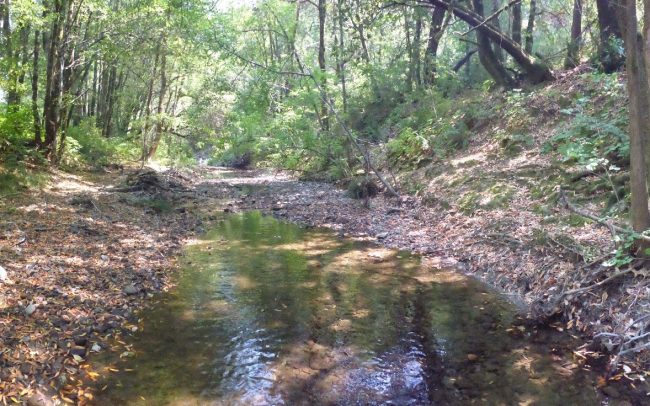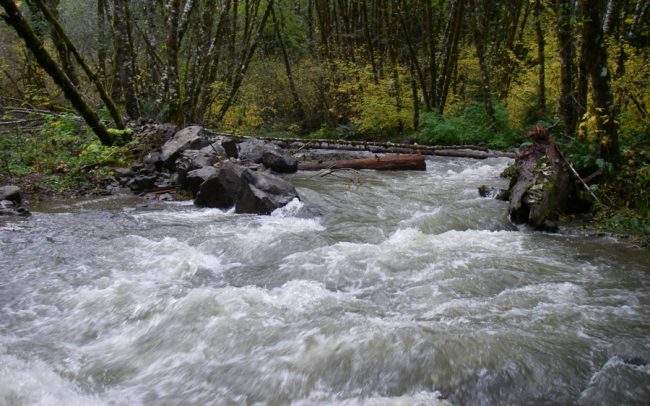Recent declines in salmon returns in Alaska jeopardize the population and the state’s prized sport fishery. In an effort to understand the importance of riverine habitats for the viability of the species, Stillwater worked with the Copper River Watershed Project to rapidly assess and characterize the nature and spatial extent of suitable salmonid habitats in the Copper River watershed, a tributary to the Tonsina River, using a predictive modeling tool (RIPPLE).
Our approach combined an analysis of channel patterns, morphology, and conditions with a conceptual model of factors that may be controlling the population abundances of different salmon species. This information was integrated within a GIS framework to identify locations where geomorphic and biological constraints are limiting the availability of suitable spawning and rearing habitat. The model output was then used to specify locations where focused investigations or monitoring of key habitats should occur to improve our understanding of the Copper River salmonid populations and identify high priority areas for enhancement or preservation.
The long-term goal of the Copper River Watershed Salmon Project is to develop a monitoring plan that will detect and characterize future risks (primarily as a result of land use or climate changes) to the health of salmon populations in the Copper River watershed. Through our analysis, we found that the extent of suitable stream habitat within the study area represents a relatively minor fraction (~10 percent) of the total stream channel network. This suggests that salmon production in the Tonsina River basin depends on the maintenance of quality habitat in discrete, and relatively rare, reaches.

